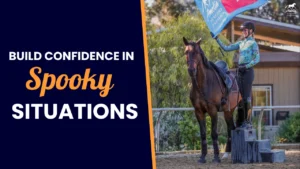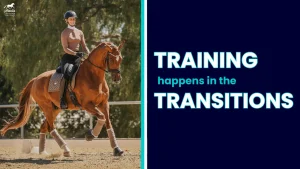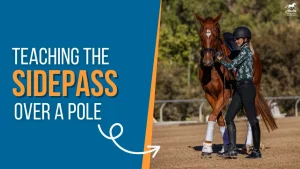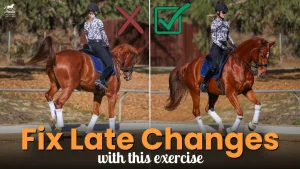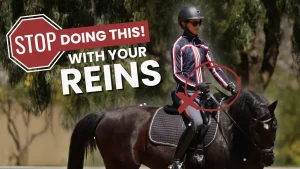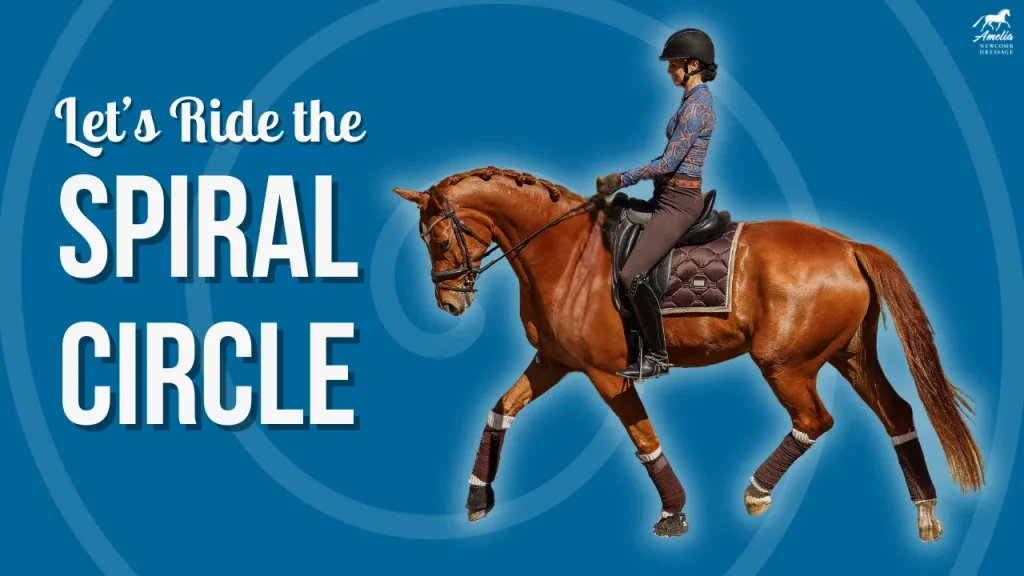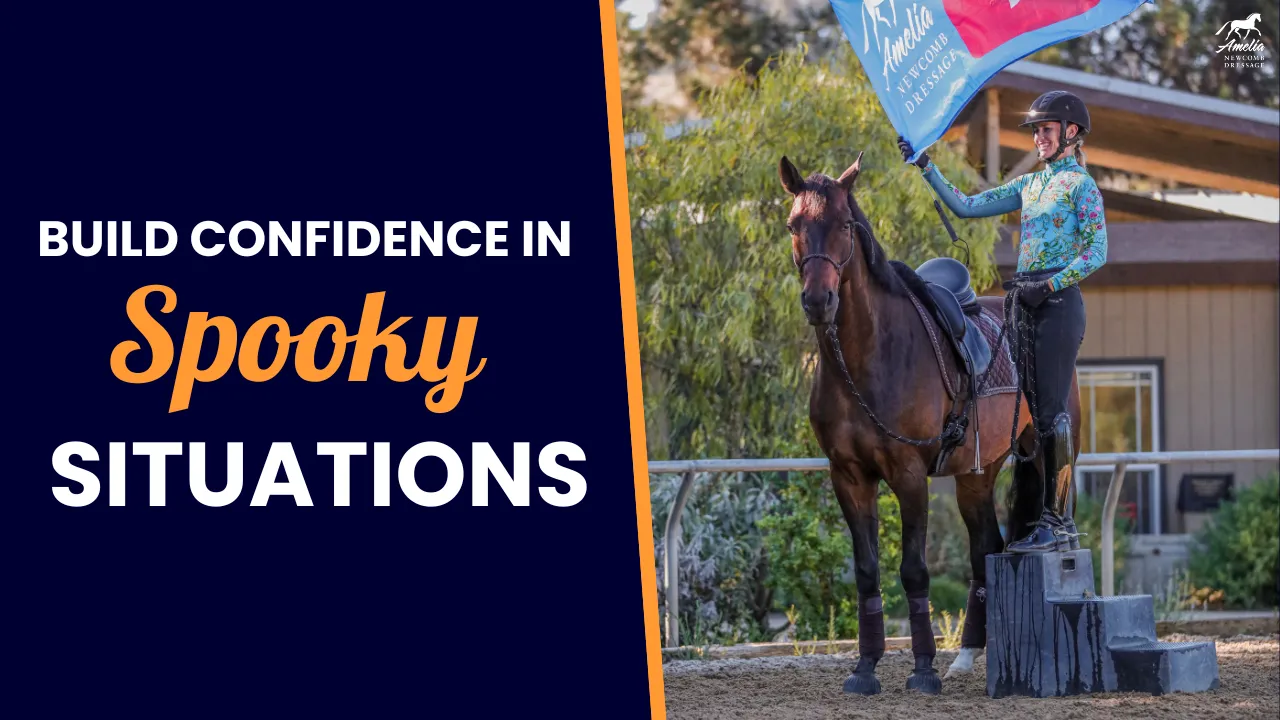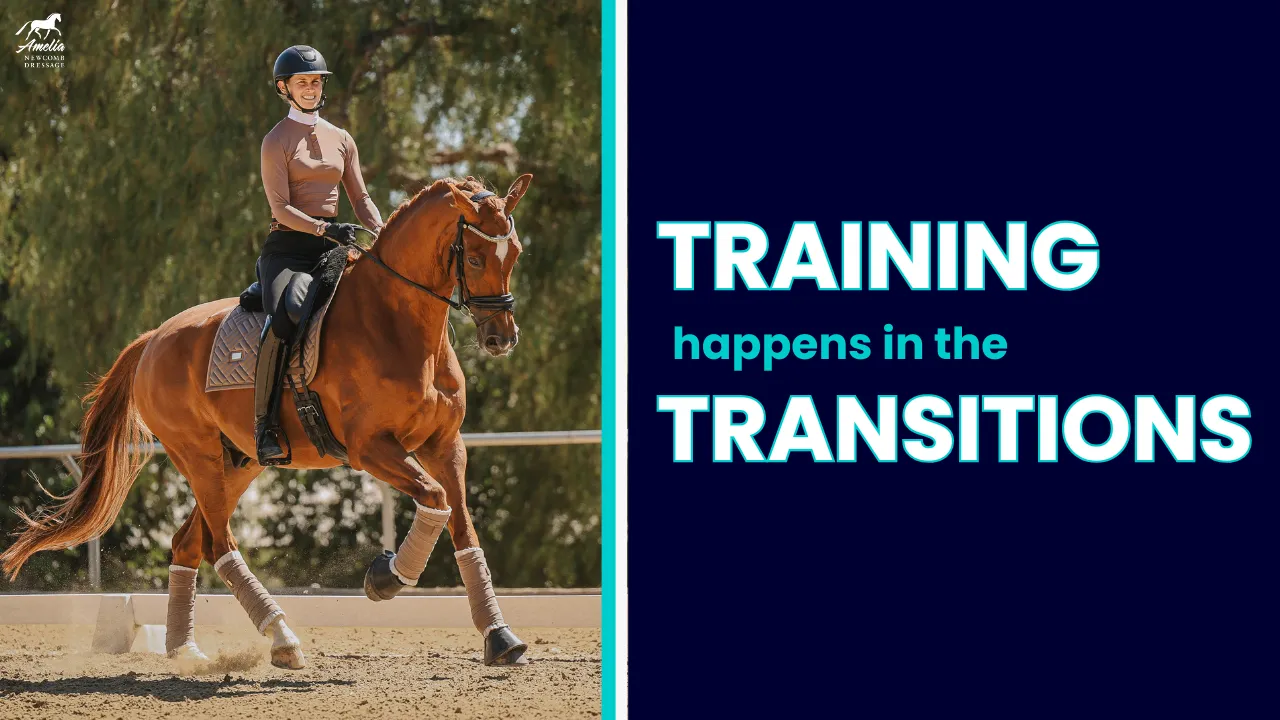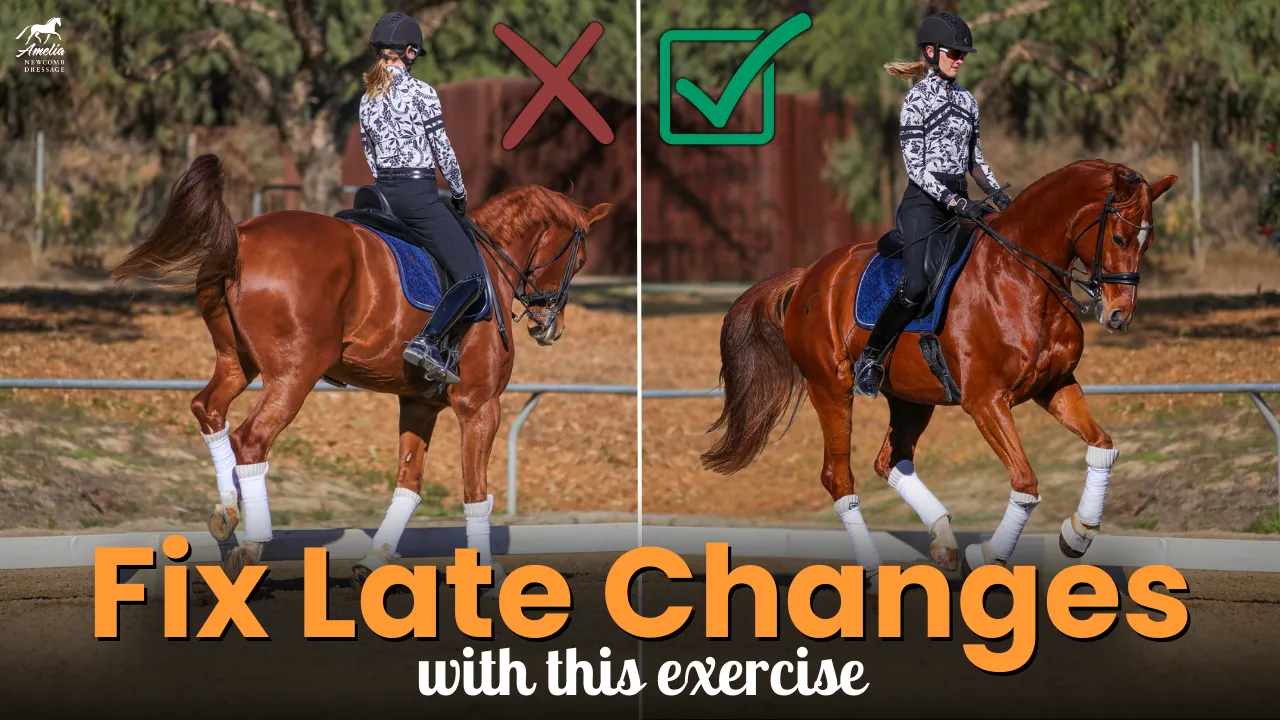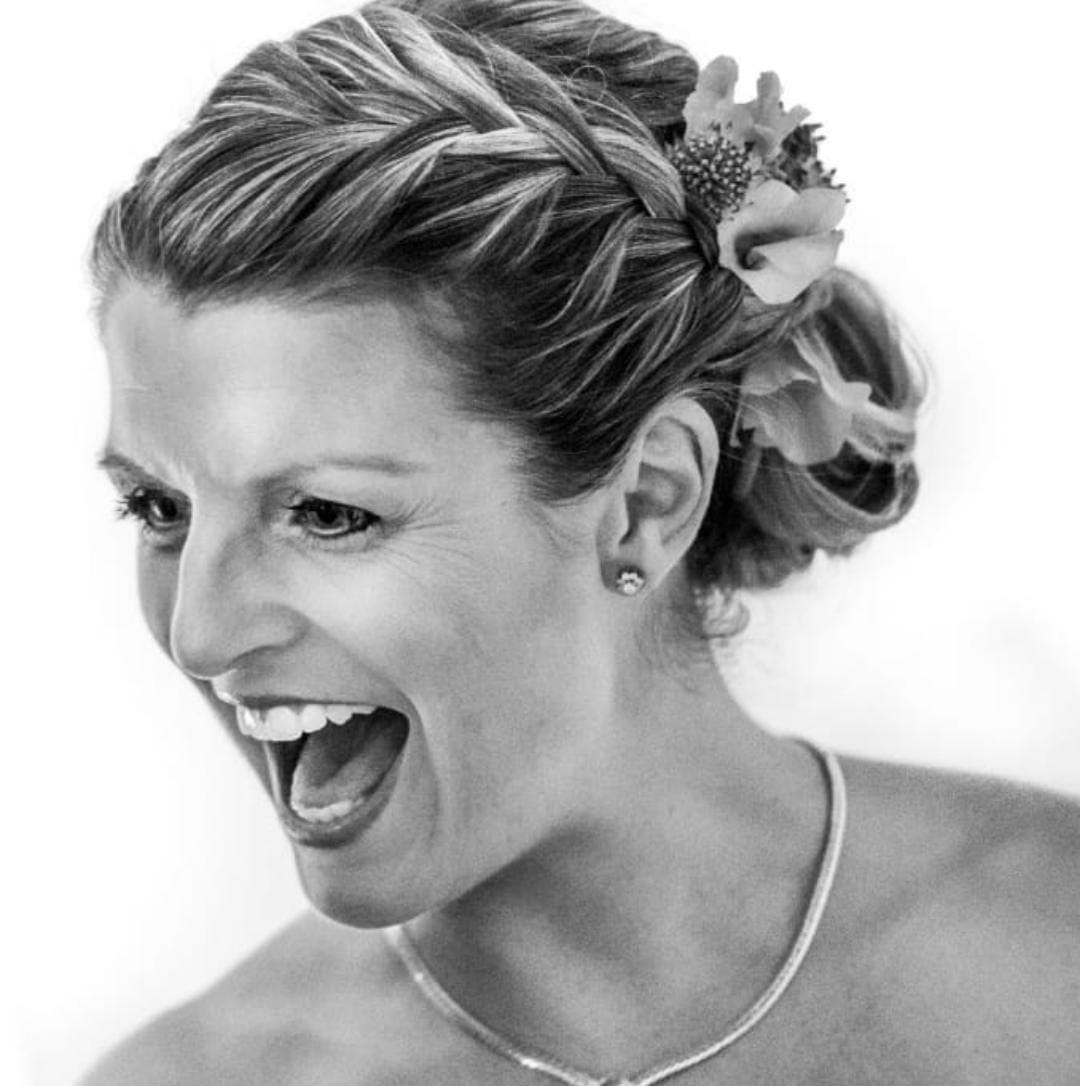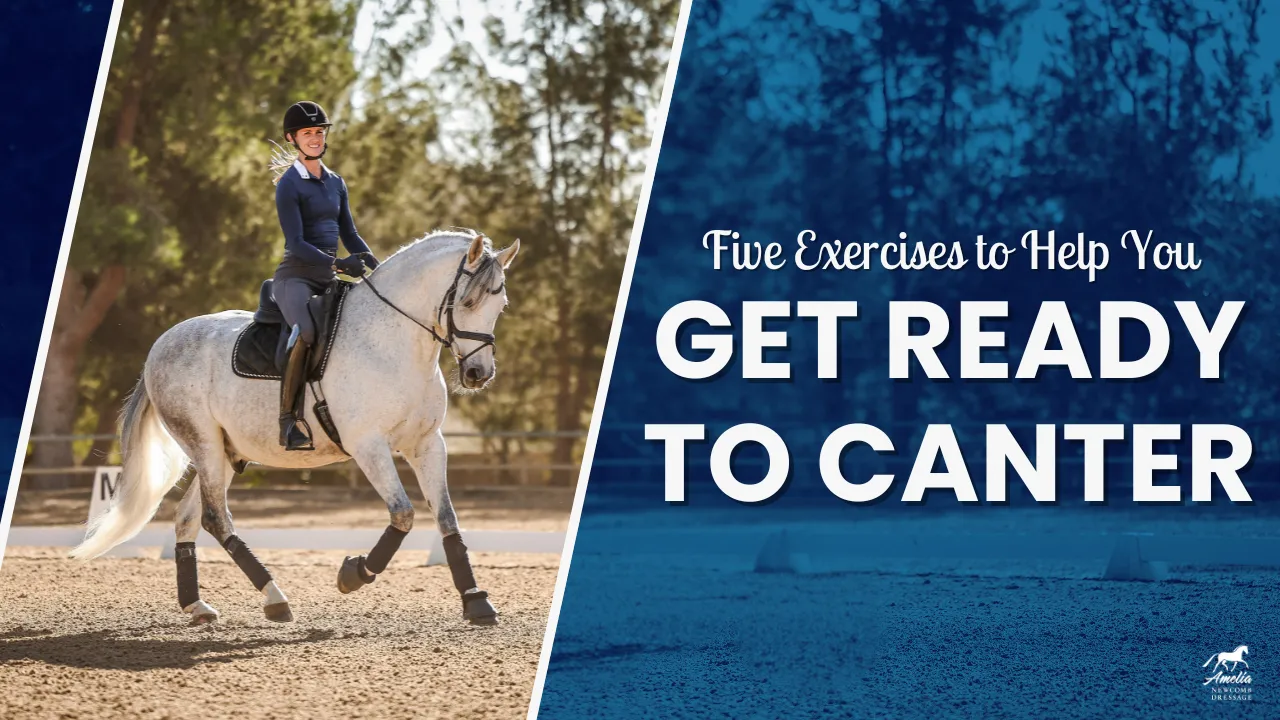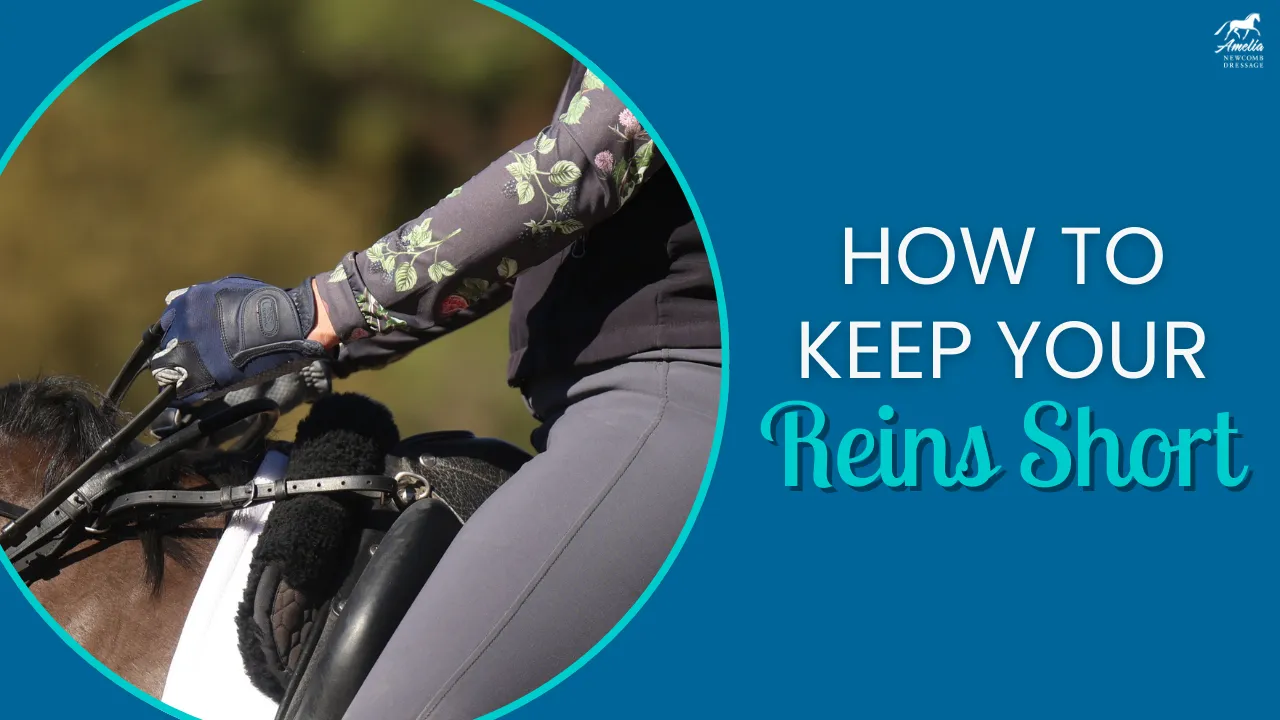This week, we are talking about a very exciting topic: musical freestyles! I don’t know about you, but I love musical freestyles! They really bring out the magic of the amazing partnership that we have with our horses. If you are thinking about doing a freestyle with your horse (or just love freestyles!), then you will definitely enjoy this week’s video.
In the video, I will be going over my top tips for creating a musical freestyle, and then I will be doing a voice-over of my Grand Prix freestyle with Natasha! Riding to music can be challenging, but it’s so much fun, especially when you have music that matches your horse well. Here are my top tips for creating your musical freestyle:
· Qualifying Scores – Before you start planning your freestyle, it is important to check that you have your qualifying scores for the level of freestyle that you want to ride. This is a USDF rule, to make sure you are proficient at all the movements required at your level before you attempt a freestyle. Riding to music adds a whole other level of difficulty, and being comfortable with all the movements makes it much easier to stay on time with the music.
· Compulsory Movements – For each level, there is a list of compulsory movements that must be included in your freestyle pattern. The first thing that I do when planning a freestyle, is check which movements are required for that level. Then, I create a floor plan including all those movements. You want your freestyle to be difficult, but still doable, and it’s great if you can design your floor plan in a way that your horse’s strengths are highlighted (more on this in the voice-over of my freestyle with Natasha!). Once you have designed your floor plan, it is a good idea to practice it a few times to make sure that you like it. I always practice my floor plan two to three times to make sure that the layout works for my horse and that I’m including all the required movements.
· Choosing/Editing Your Music – When you are picking your horse’s music, it is important that you pick songs that match their rhythm in each gait. A great first step is to find out your horse’s beats per minute (bpm) for each gait and then pick music that matches that bpm. If you are doing a lower-level freestyle, it may be reasonable to edit your music on your own (I have used iMovie to edit music for lower-level freestyles before). However, for the upper levels, it’s a good idea to hire a professional. The professional that I hired for Natasha’s freestyle did a great job and composed the piano music exactly so that it matched her gaits.
· Practice, practice, practice! – Once you have designed your floor plan, and your music is ready, it’s time to practice! Riding to music is tricky, and when I first rode my freestyle with Natasha, I was so nervous about being on time with the music. Practicing the pattern and listening to the music over and over until you have it memorized is key. It’s super helpful if you can practice your pattern with the music or watch yourself ride the pattern with the music overlaid.
I hope these tips help you with your musical freestyle! Watch the video where I go into more detail about planning and creating your freestyle, and also voice-over my own Grand Prix freestyle with Natasha!
Happy Riding!
Amelia
P.S. Want to watch Natasha’s freestyle without the voice-over? Check it out here.

